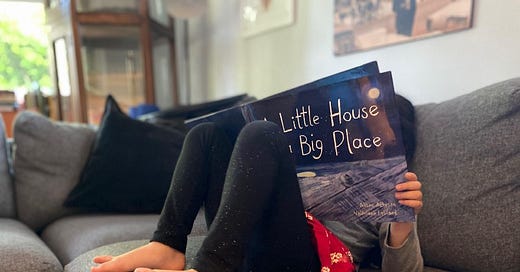1 + 1 = 3: The Equation of Picture Book Writing
In which text plus illustration equals so much more
Keep reading with a 7-day free trial
Subscribe to Unschool for Writers to keep reading this post and get 7 days of free access to the full post archives.




